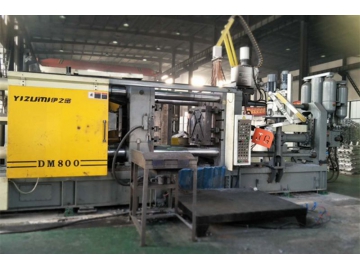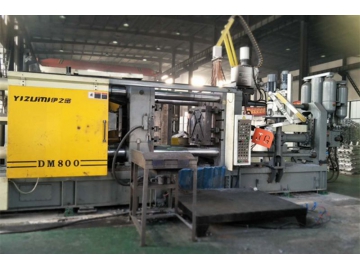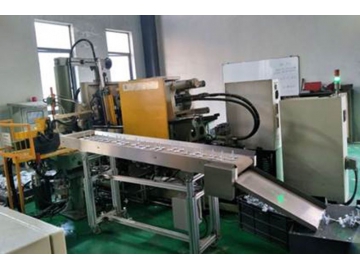Die Casting
Die casting is an automated casting process that forces molten metal into a mold under extreme pressure and at a high speed. It is an economical and efficient way to produce large quantities of complex-shaped parts with high precision. Die casting process is generally a standard manufacturing process in numerous industries since it allows each part to be produced with high accuracy and repeatability. The most popular metals used in die casting are aluminum alloy and zinc alloy.
In the die casting process, there are two different methods for manufacturing components, i.e. cold-chamber die casting and hot-chamber die casting. Cold-chamber die casting is ideal for metals such as aluminum with high melting points. During this process, metal is melted externally and then ladled into a cold chamber where has a plunger pushes it into the die cavity. Hot-chamber die casting is primarily suited for zinc and other low melting point alloys. It has a similar process as cold-chamber die casting, the only difference is that the metal is heated in an attached casting machine.
- Aluminum alloy: ADC12 (A383), A356
- Zinc alloy
- Marine parts
- Sporting goods
- Automotive parts
- Engine cradles
- Transfer cases
- Brake parts
- Oil pumps
- Oil filter mounts
- Heatsinks
- Hydraulic valves
- Electrical enclosures
- High corrosion resistance
- High strength and hardness
- High electrical conductivity
- High thermal conductivity
- Good EMI/RFI shielding
- Excellent mechanical properties
In addition to die casting, Hongyan Hang also offers other services including investment casting, precision machining, sand casting and 3D printing to meet customers' needs of precise parts manufacturing and prototyping. Our capabilities help our customers reduce costs, increase efficiency, save valuable resources and gain the visibility into its supply chain, as well as ensure the quality and reliability of products.




